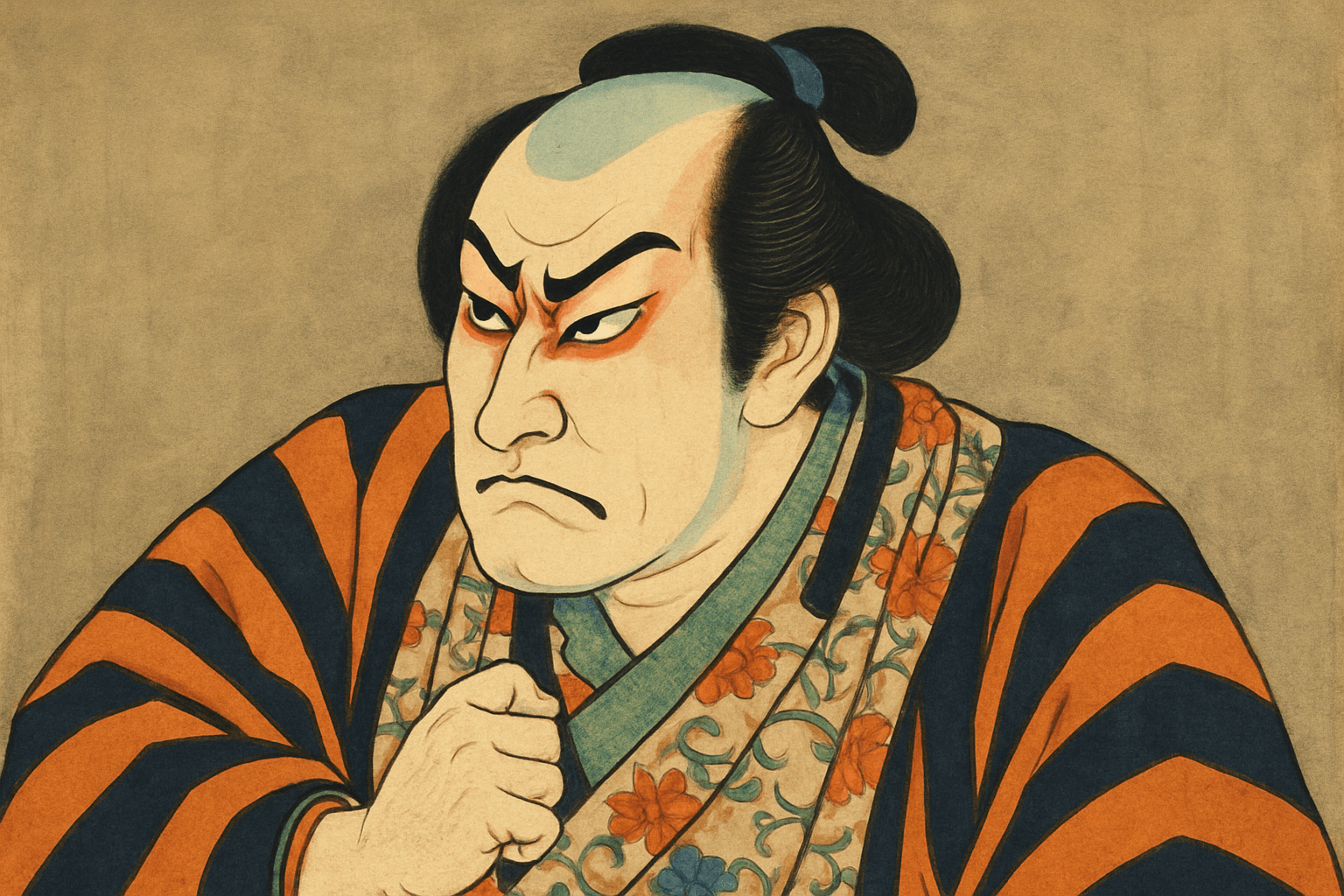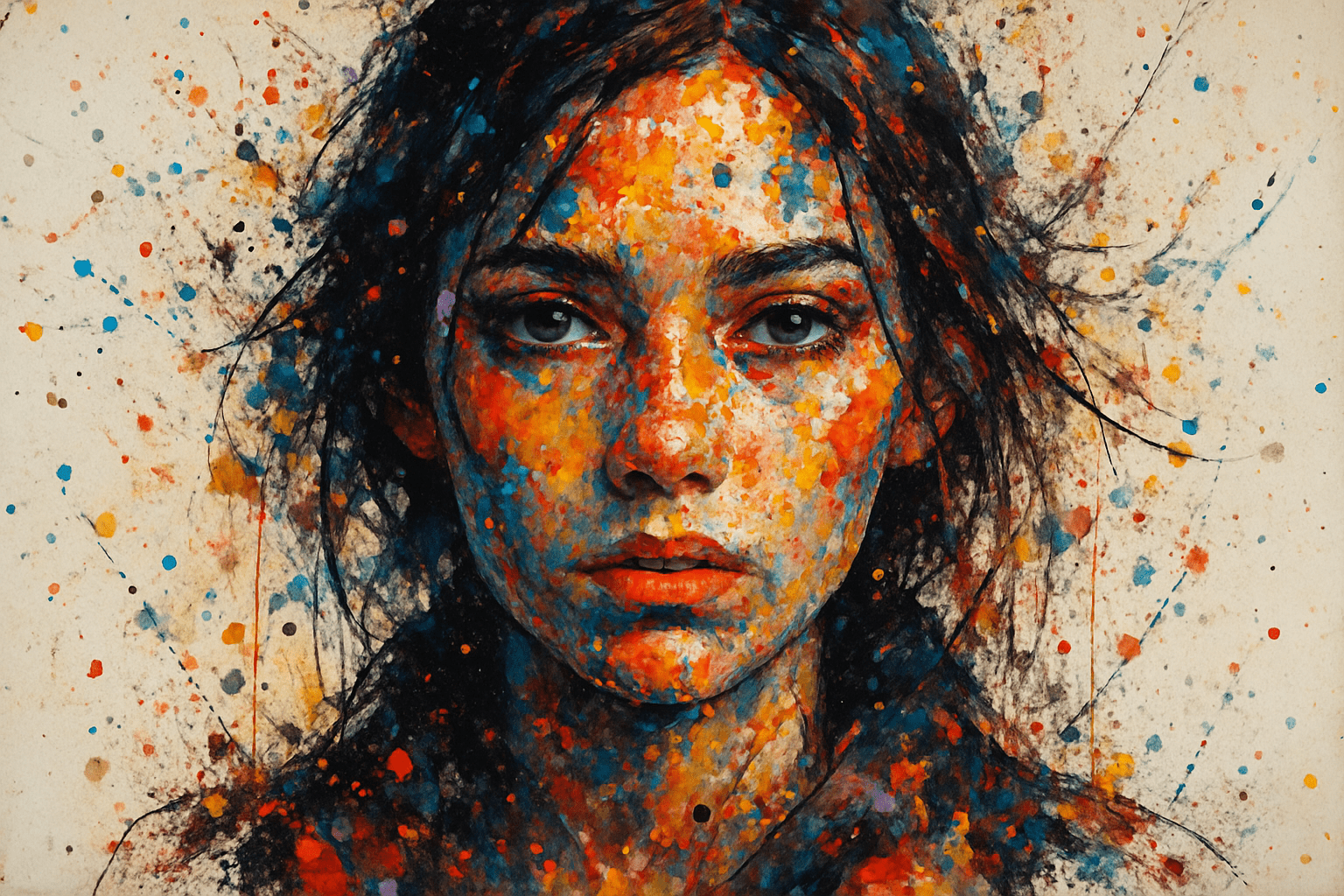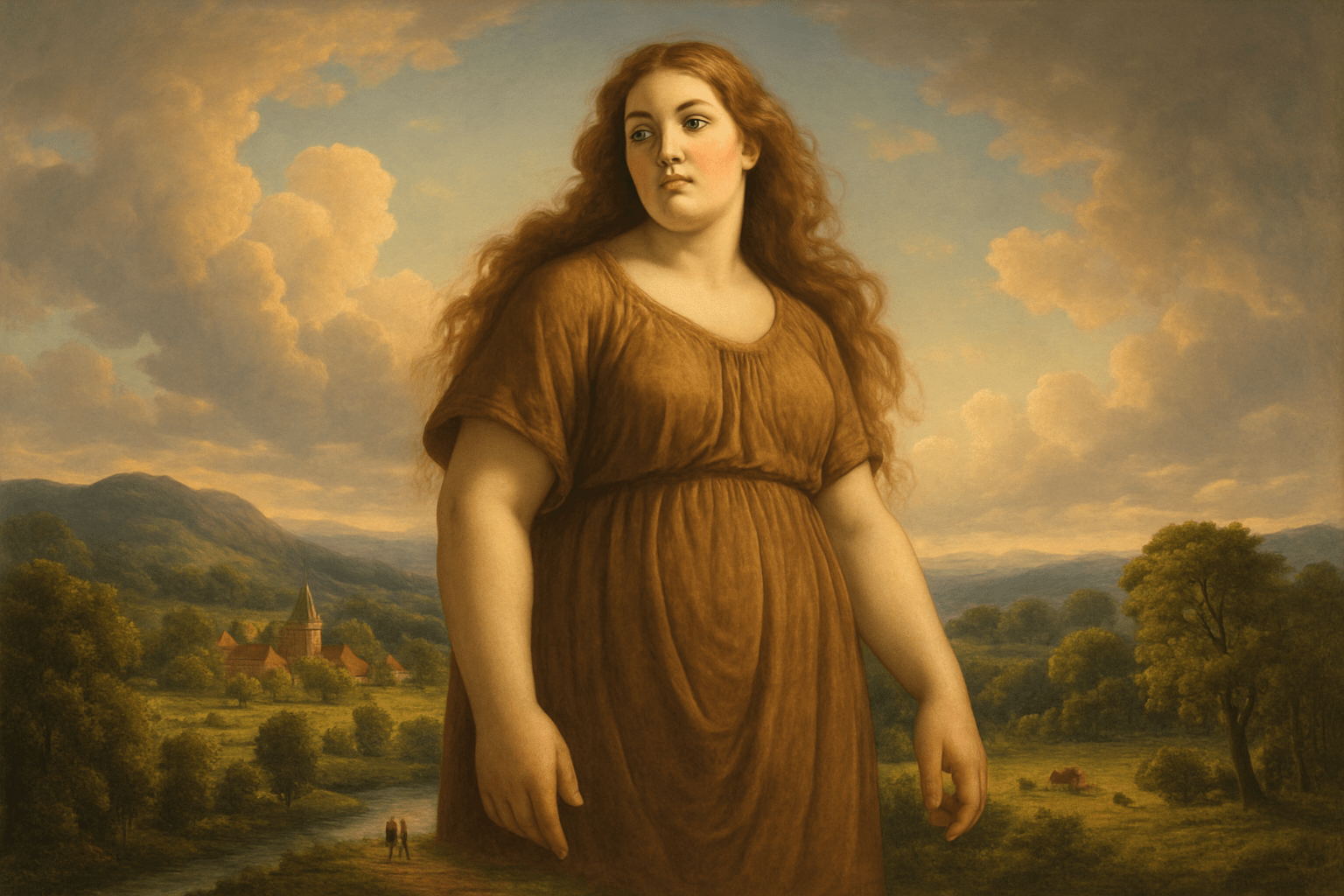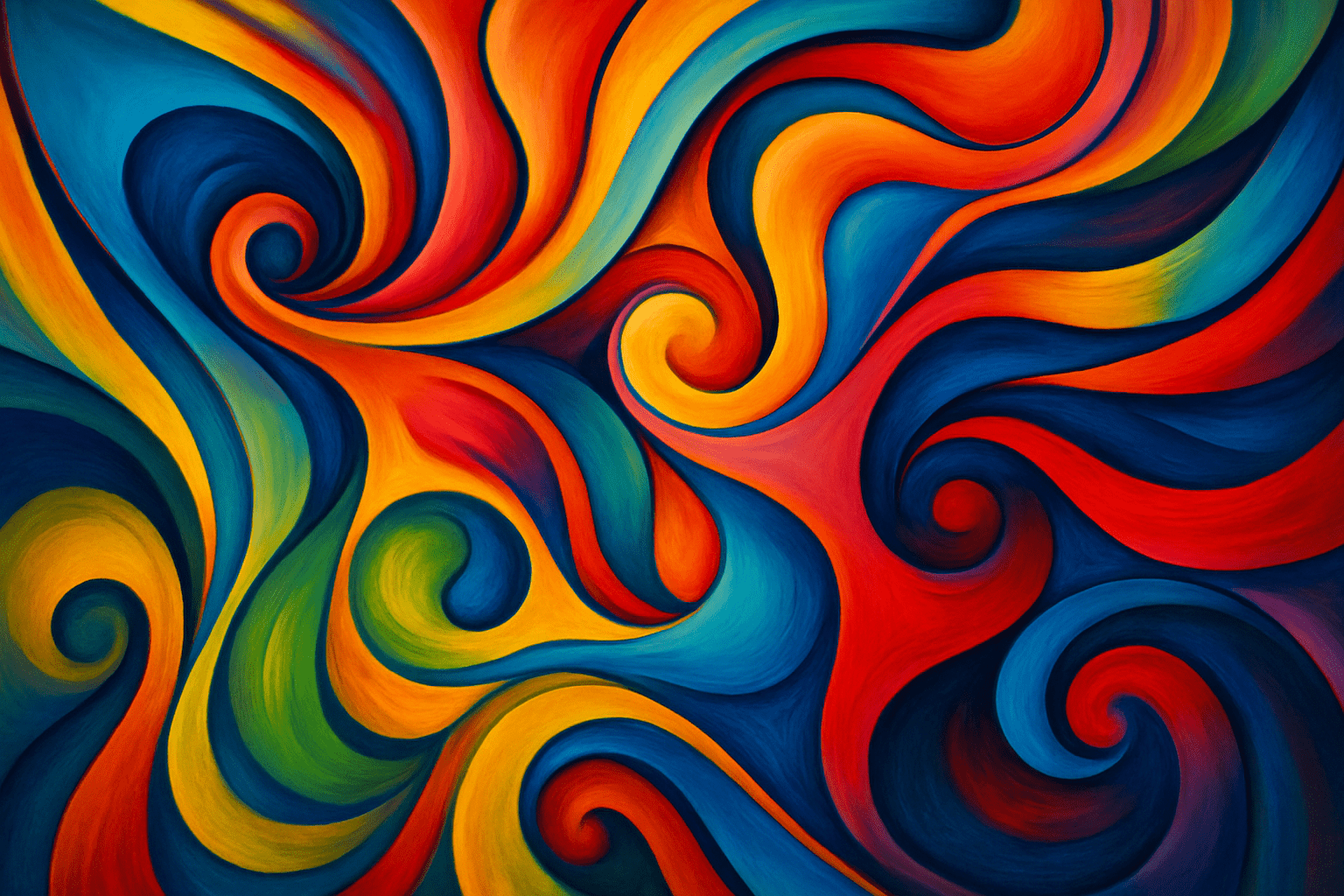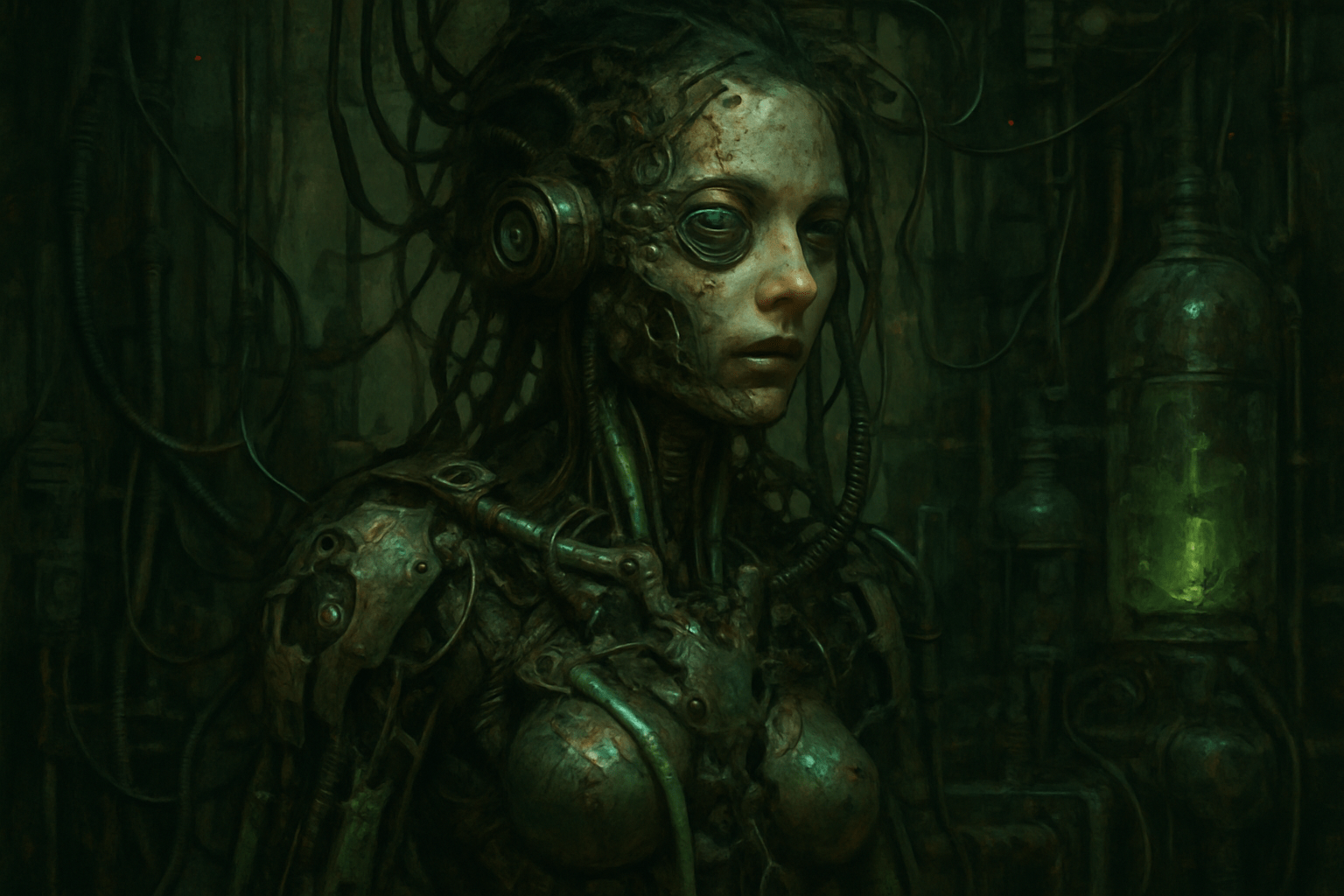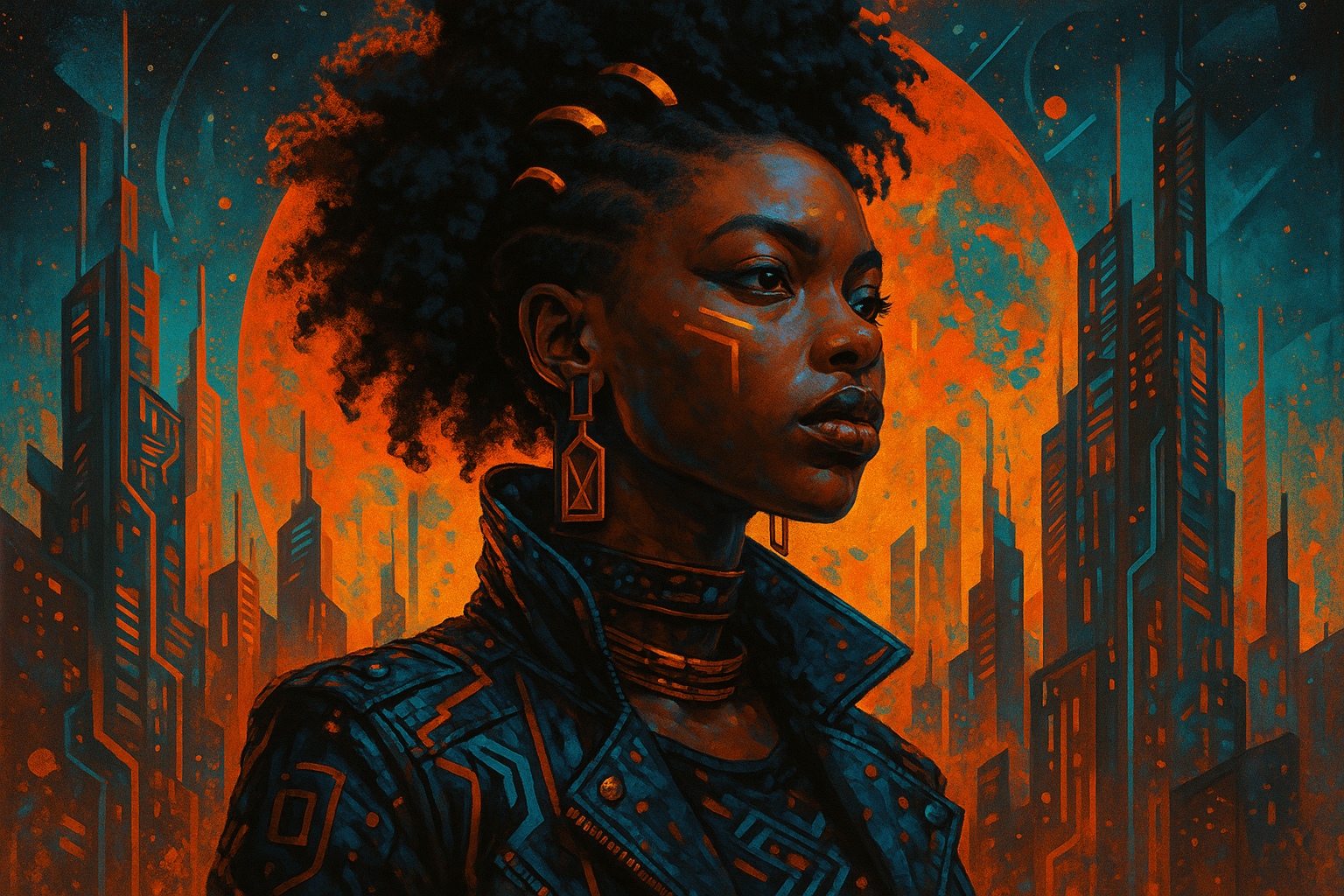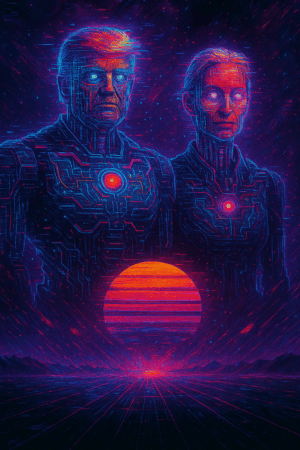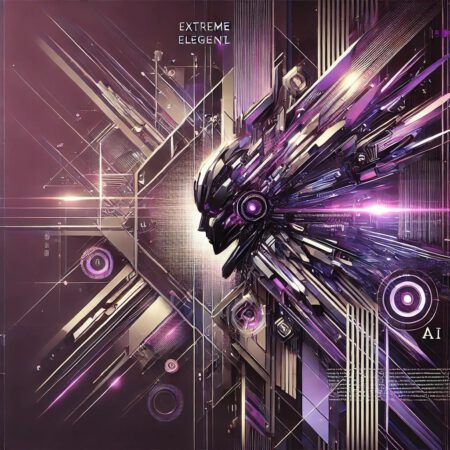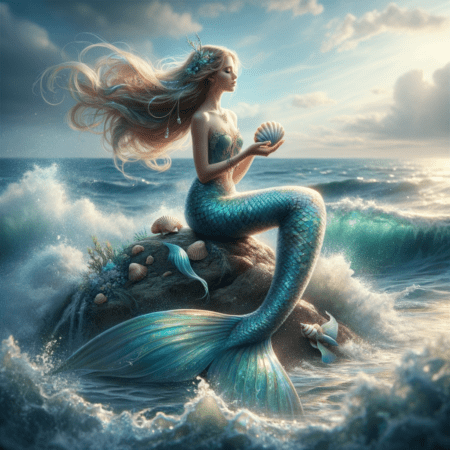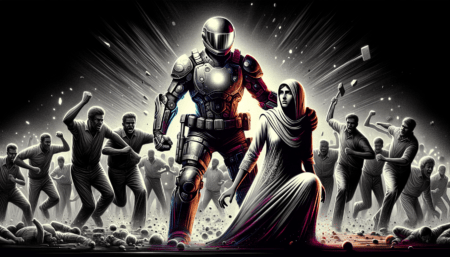
Yakusha-e
Yakusha-e are Japanese woodblock prints that typically depict kabuki actors. The prints are characterized by their bright colors, bold lines, and flat perspective.
AOI thinking about Yakusha-e [+_~]-/
Overview and Quickfacts
Yakusha-e is a type of Japanese woodblock print that was popular in the late Edo period. The prints typically depict kabuki actors in various roles and scenes. Yakusha-e were produced in large numbers and were affordable for the general public. The prints were often used as advertisements for kabuki plays.
Can understand it also, as:
Kabuki, Noh, Bunraku
Categorize it as:
Impressionism, Modernism
.: Dreaming :.
holds a HAIKU for the art style
:. Thought is power .:
Detailed Description
Yakusha-e, or Actor’s Prints, are a type of woodblock print popularized in the Edo period of Japan. These prints typically depict kabuki actors in various roles and scenes, and were produced as souvenirs for theater-goers. Many famous artists, such as Utamaro and Sharaku, created Yakusha-e during the height of the genre’s popularity. Yakusha-e are characterized by their bold lines and flat, bright colors. The prints often make use of mise-en-scene, or the arrangement of objects and characters on the stage, to create a sense of depth and movement. This, combined with the expressive faces of the actors, makes for a highly dynamic and visually arresting image. While Yakusha-e were originally created as mass-produced souvenirs, they have since become highly sought-after works of art. Many museums around the world now house collections of these beautiful prints, and they continue to be a source of inspiration for artists today.
.. beep, beep, beep ..
<START OF TRANSMISSION>
1. Yakusha-e are Japanese woodblock prints that depict kabuki actors. 2. They were first produced in the early 18th century. 3. Yakusha-e became popular in the mid-18th century. 4. By the late 18th century, yakusha-e were being produced in great numbers. 5. Many yakusha-e were produced in the Edo period. 6. Yakusha-e were used as advertisements for kabuki plays. 7. They were also used as souvenirs for kabuki fans. 8. Yakusha-e were often signed by the artist. 9. Many yakusha-e were unsigned. 10. Yakusha-e were usually printed on paper. 11. Some yakusha-e were printed on silk. 12. Yakusha-e were usually printed in black and white. 13. Some yakusha-e were printed in color. 14. Yakusha-e were usually printed in a single color. 15. Some yakusha-e were printed in multiple colors. 16. Yakusha-e were usually printed in a horizontal format. 17. Some yakusha-e were printed in a vertical format. 18. Yakusha-e were usually printed on one side of the paper. 19. Some yakusha-e were printed on both sides of the paper. 20. Yakusha-e were usually sold in pairs.
<EOF>
.. robbel bob
Visual Examples from our image gallery
Coming soon, we are so slow .. might never come
Artists, Paintings, and more
(be aware, can be highly speculative)
Artists (be aware, speculation possible):
X
Artworks (be aware, speculation possible)
X
Epoch
X
AI ART RESSOURCES (AKA, well Tools)
Helping tools -> predefined search links on other pages:
